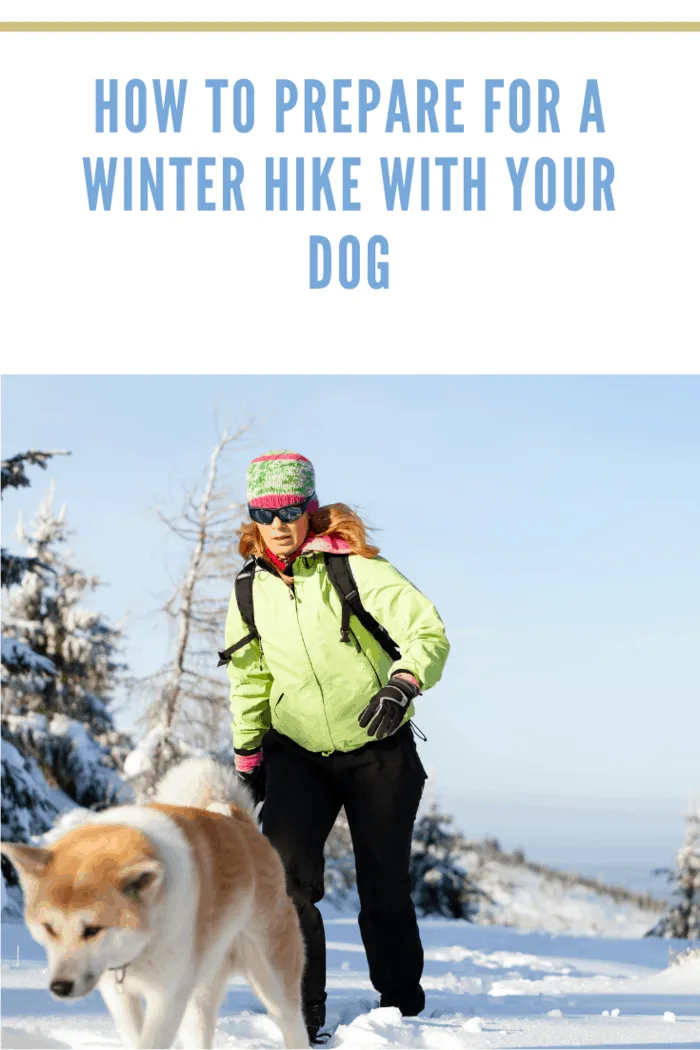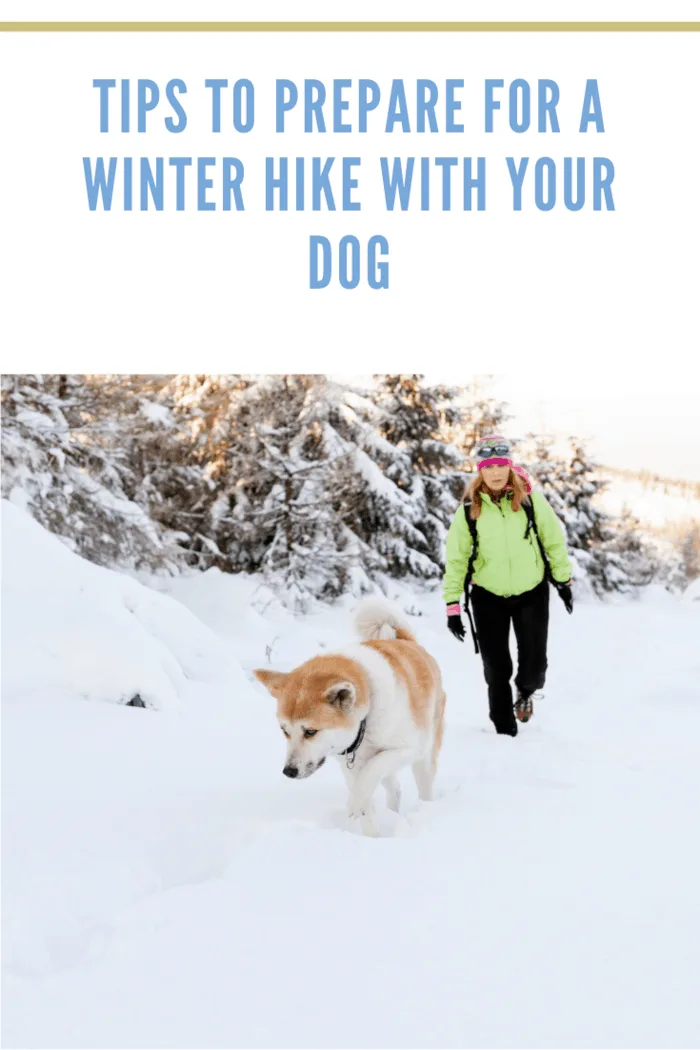If you and your dog are adventurous, you probably feel cooped up in your home whenever winter rolls around each year. A lot of pet parents—even the most daring ones—hesitate to bring their four-legged friends outside when the winds blow cold and the snow piles up, and for good reason. The trails can be slippery, making for longer, tougher, and potentially more dangerous hikes than in warmer seasons. Not all dogs take too well to being outdoors when the conditions are tough, either.
With just a bit of foresight, though, you and your furry best friend can still have a lot of cold-weather escapades together. Before you grab your supplies and your customizable dog poop bag pouches, though, take a look at our tips on how to prepare for the best winter hikes ever:

Give Your Veterinarian a Call
Getting in touch with your veterinarian should be the first thing you do before embarking on any sort of new activity with your dog, winter-related or otherwise. Indeed, a qualified animal health professional can assess whether or not your dog is old enough or physically fit enough to go on certain winter activities such as hiking, snowshoeing, or even skiing. Your veterinarian should also be able to help you put together a first aid kit for your dog so that you can treat common injuries on the spot.
They’ll also be able to advise you on which vaccines and preventative treatments are best for your pet. This is especially important if you plan on spending a lot of time out on public trails, as your pet can pick up any number of diseases from the environment. Vaccines you might want to consider getting for your pooch include ones for rabies, distemper, parvovirus, Lyme disease, and leptospirosis.
Get the Right Gear
In the same way that you would have to equip yourself properly for a hike, your pet also needs the right gear to safely navigate whatever terrain it is you’ve chosen to take on. Depending on your dog’s breed, they may need additional garb that can help them stay warm and protect them from the elements.
When going hiking during the winter, in particular, you’ll want to protect their paws, even if your pooch doesn’t normally need it. Booties don’t just prevent cuts and abrasions to your dog’s footpads; they can also help your pet’s paws stay warm even if they stick them in the snow for a few hours. It will also discourage them from licking their paws and causing more snow to stick to them. Make sure that you carry spares in case one of these booties falls off, though.
If your dog is a bit older and doesn’t like wearing booties, worry not. You can look into coating their paws with a protective food-grade wax specially developed to protect them from things like ice buildup, salt residue, and rough terrain.
Keeping your pet warm while playing outdoors should also be a priority. Not all dog breeds thrive in cold temperatures. If your dog has shorter hair or doesn’t have an undercoat, they’ll get cold faster. Fortunately, a high-quality dog sweater or waterproof coat should keep them warm.
Other customizable pet products you might want to pack when hiking with your dog include an insulated pad, bed, or blanket that they can lie down on while resting. You should also consider bringing dog poop bags contained in a handy pouch to help keep the trail clean.

Keep Plenty of Snacks and Water On-hand
Hiking is hungry and thirsty work, not only for you but also for your dog. And just because they look like they’re having a ball eating snow doesn’t mean that they’re getting properly hydrated from it. Along with the items above, you’ll want to bring plenty of treats and water as well as a travel bowl that your pet can drink out of. Keep an eye out for signs of exhaustion or dehydration, such as your pet lagging behind, and make sure to frequently give them enough food and water throughout your trek.

Choose a Dog-friendly Trail
Finally, when going on a winter hike with your pet for the very first time, it’s best to choose a trail that doesn’t have too much snow on it. Dogs may have trouble trying to walk through deep snow if they aren’t used to the activity yet. If you notice your pup struggling to do so during your hike, it’s best to turn back.
Additionally, not all areas outdoors are dog-friendly, and for several reasons. Always check if the area you’re venturing towards is in restoration, or if the wildlife there is particularly sensitive to the presence of dogs. It’s also best to steer clear of winter hiking hazards such as partially frozen bodies of water or avalanche terrain.
The most important thing to remember when winter hiking with your dog is to start small. Try and tackle easier trails and terrains before moving on to more challenging conditions, learning and making adjustments as you go. Before long, preparing for these adventures will come as second nature to you. Plus, taking the proper precautions will ultimately make the experience more fun and rewarding for your furry best friend.
